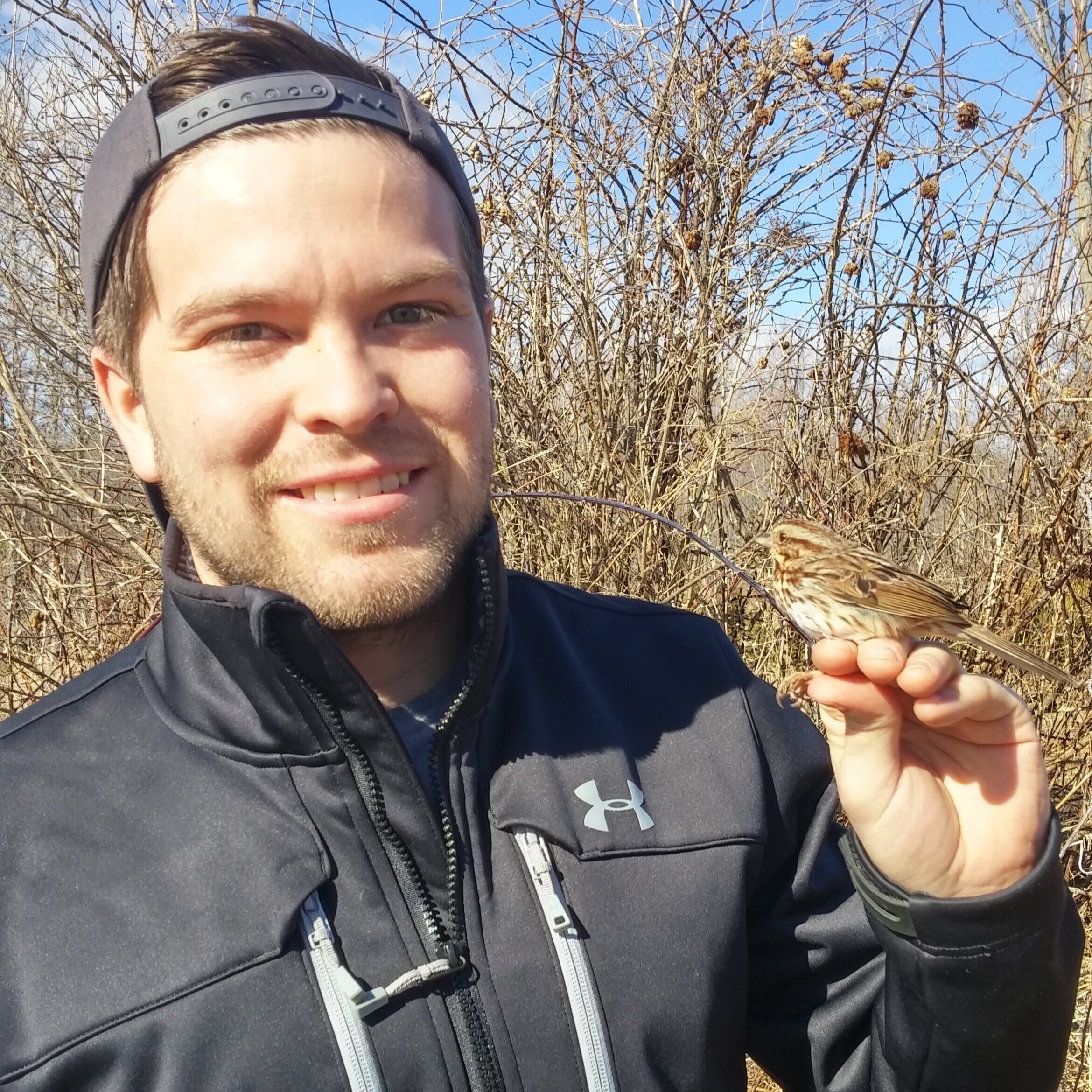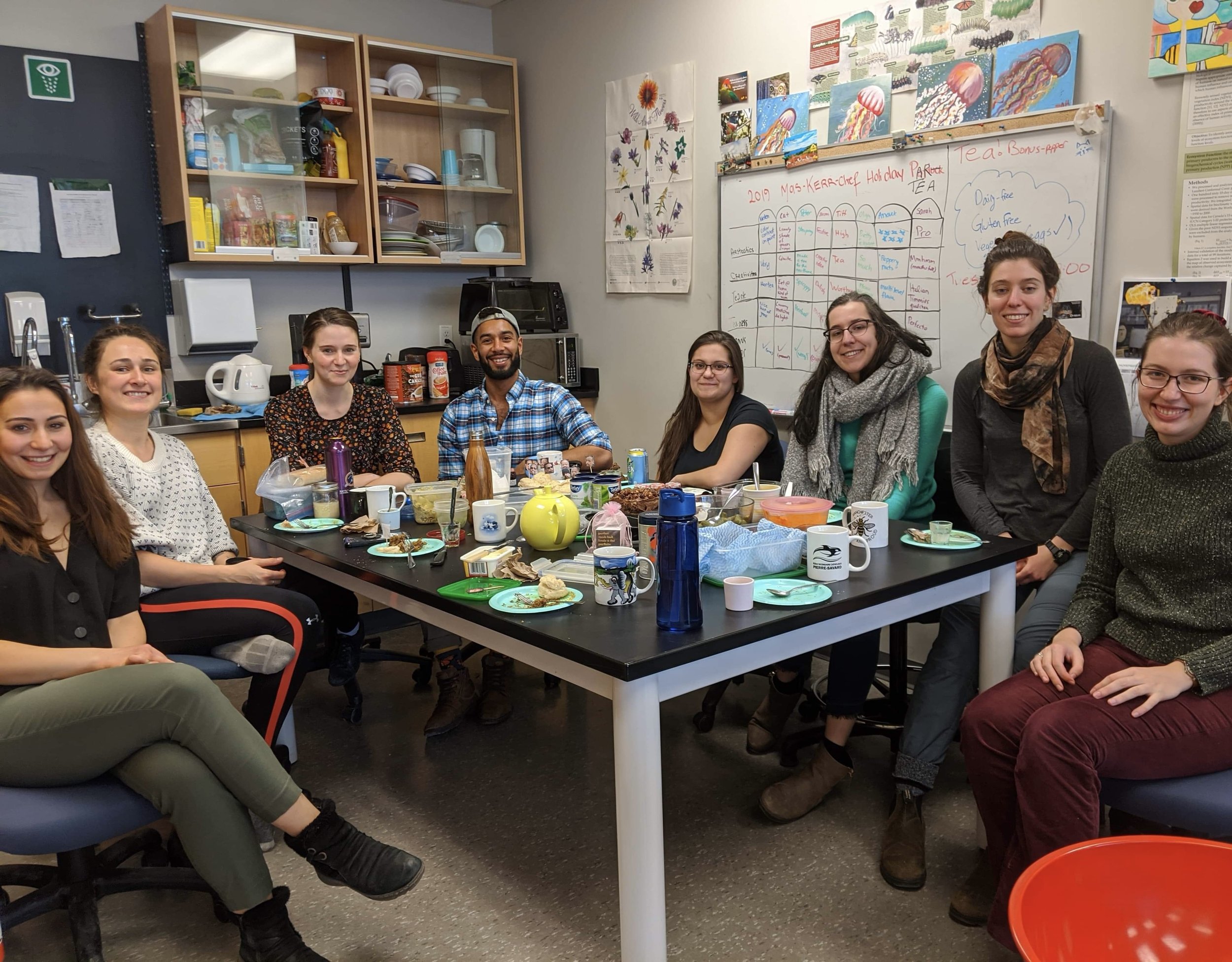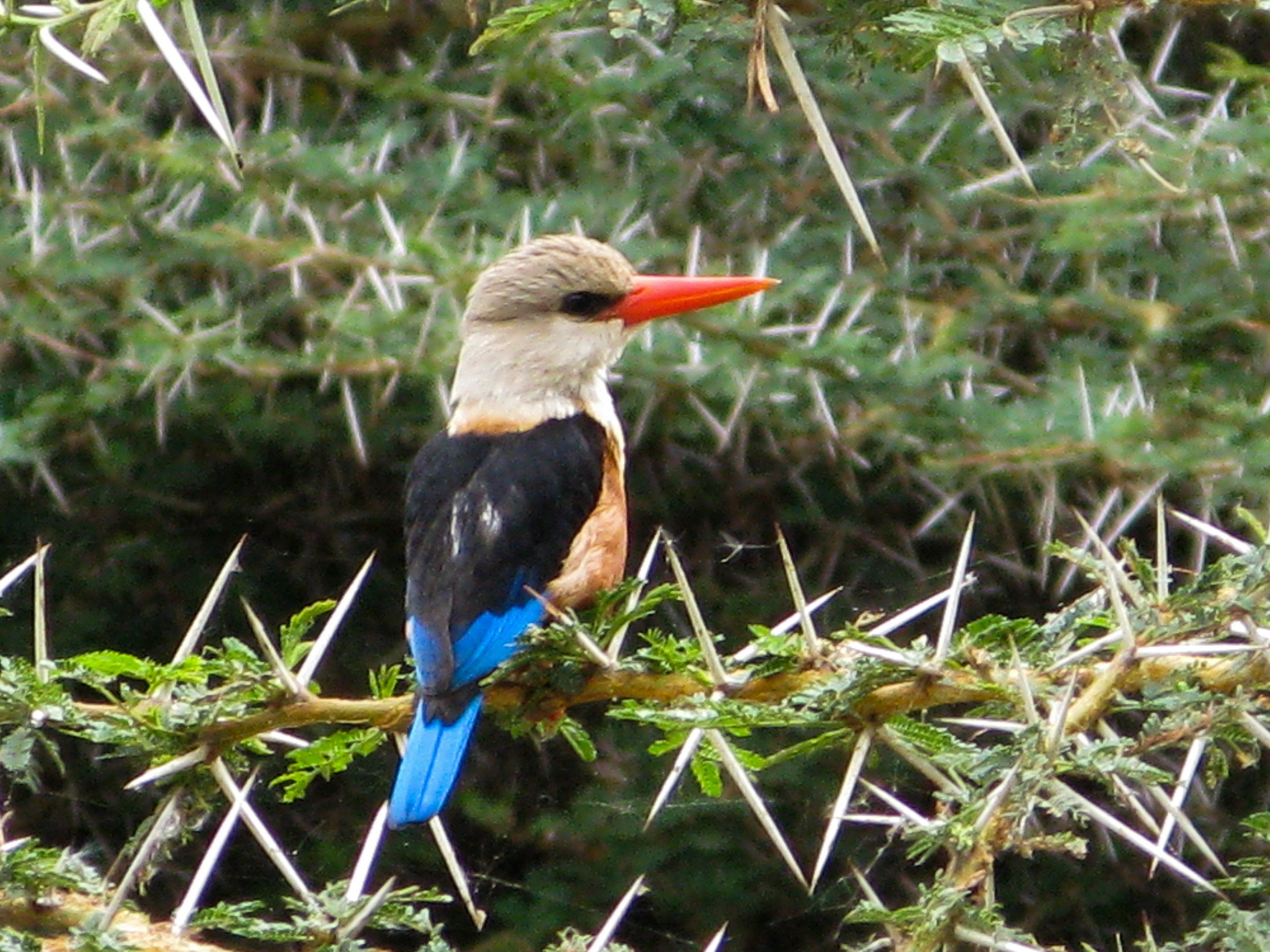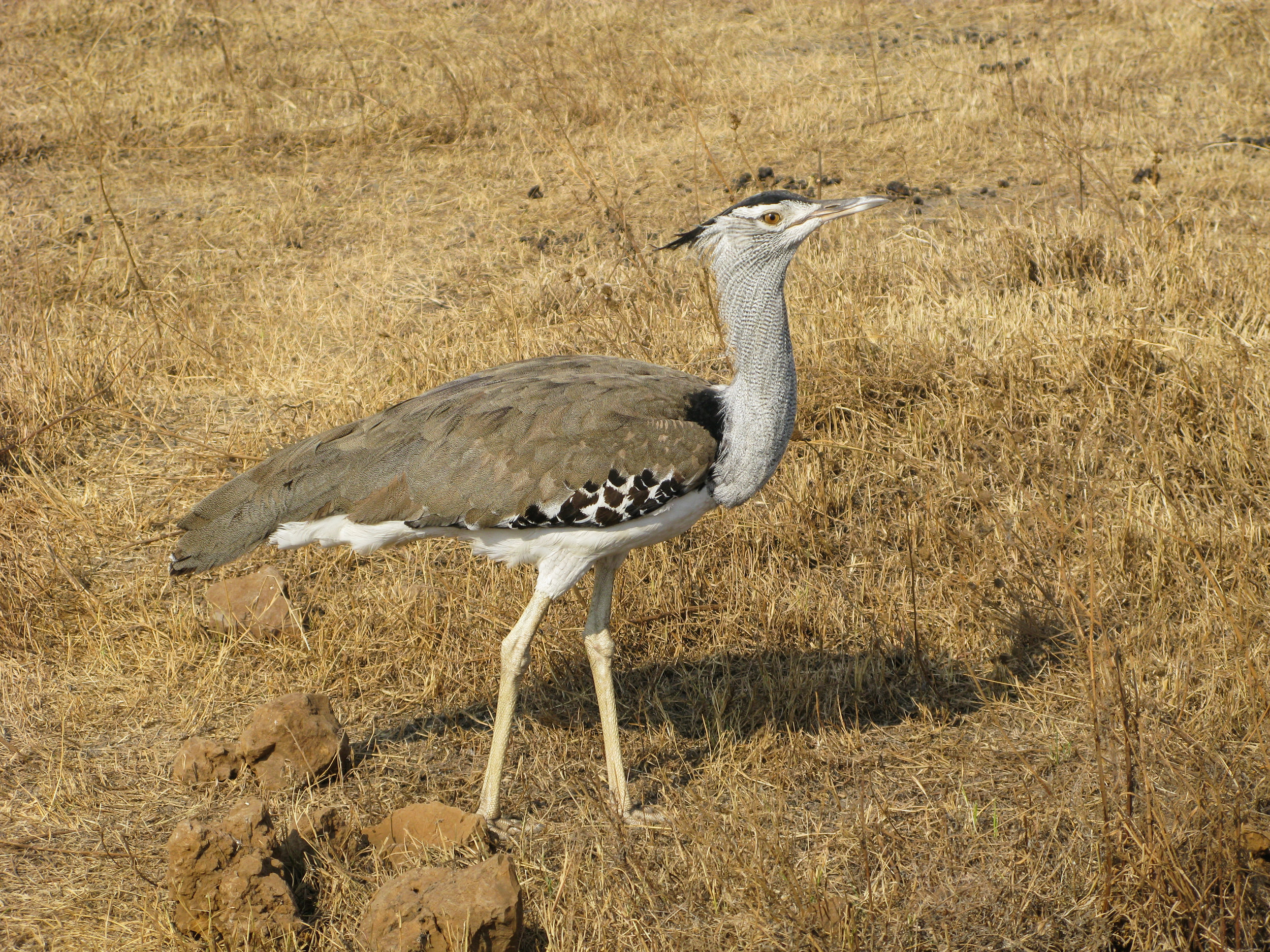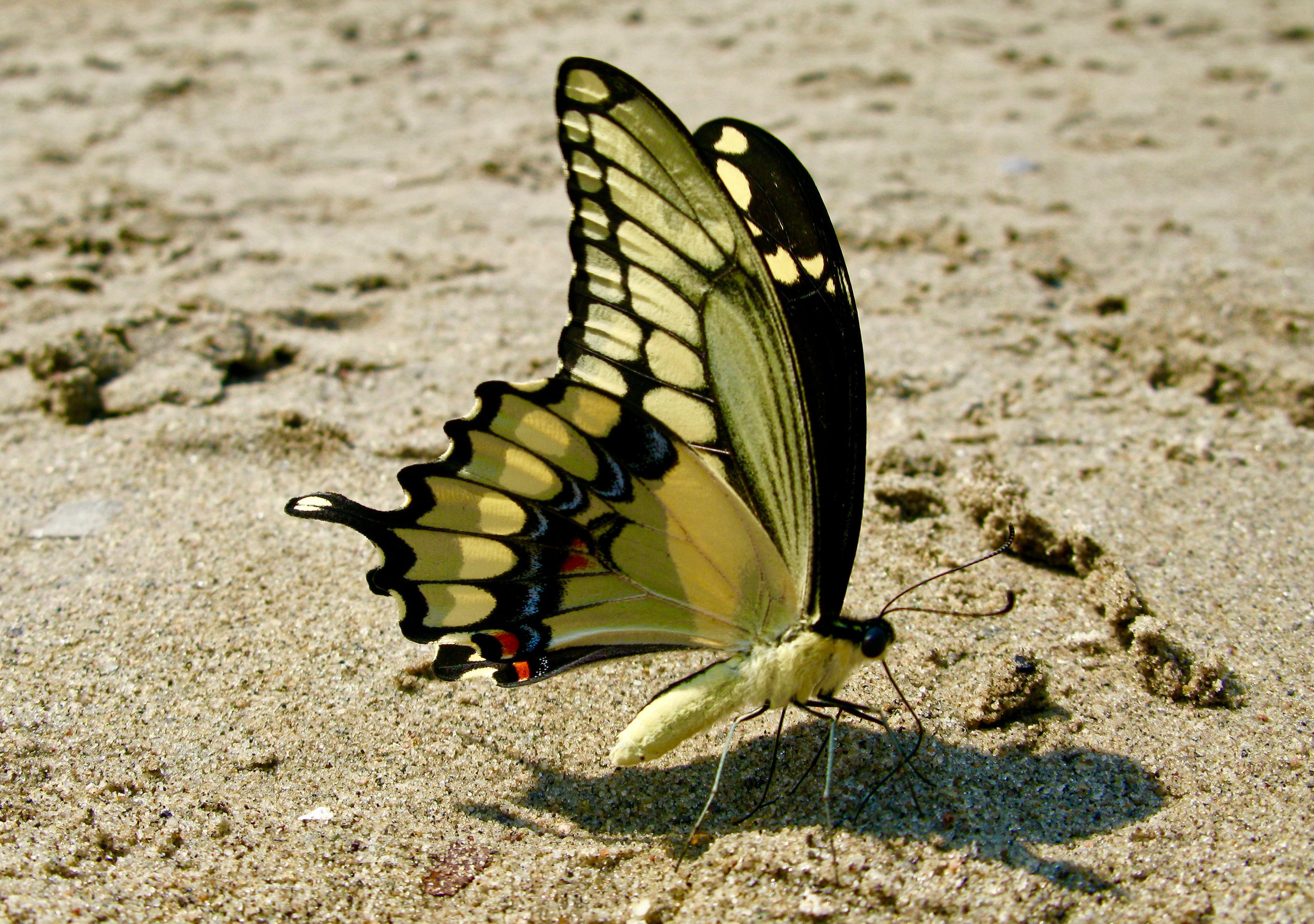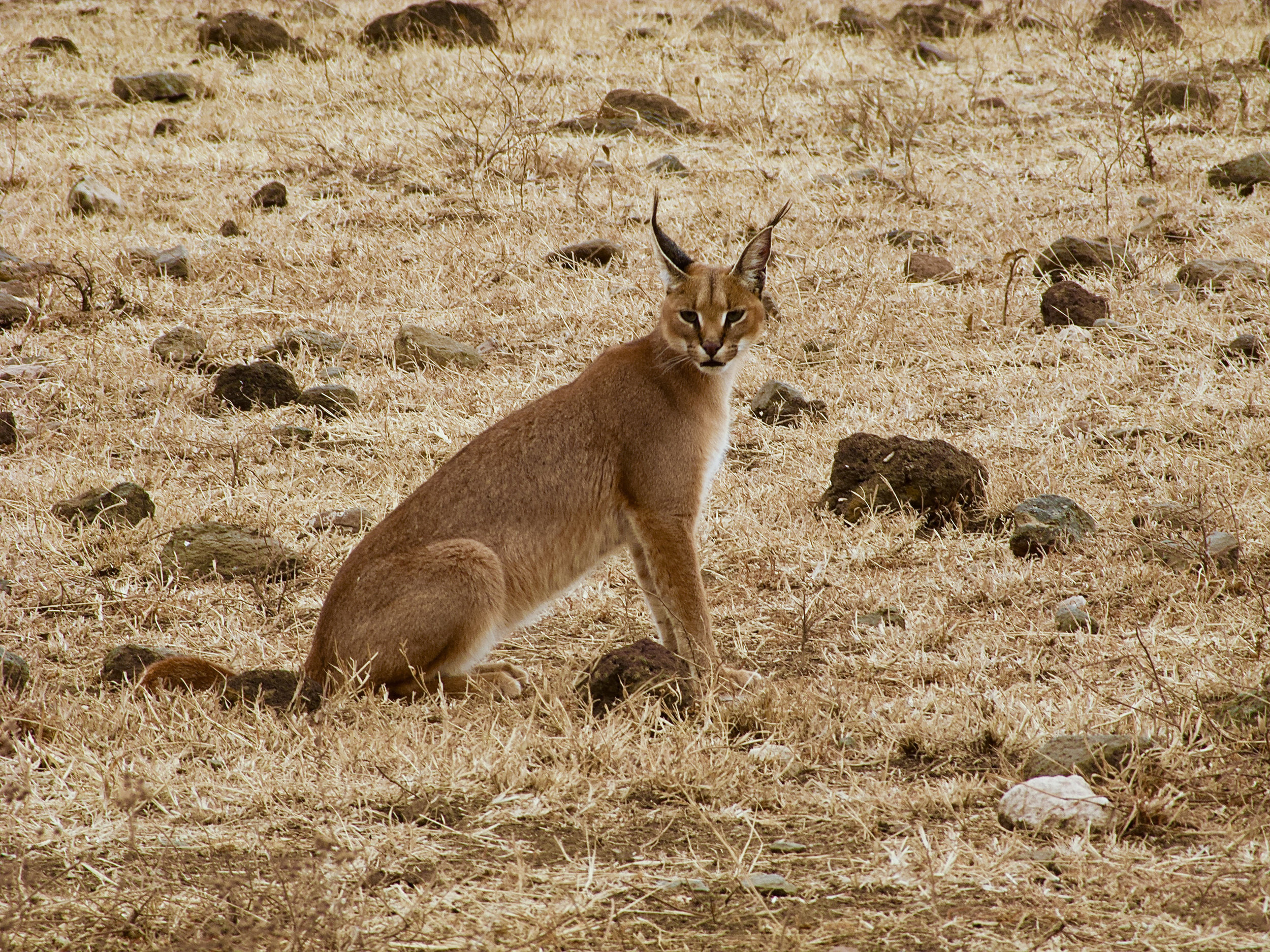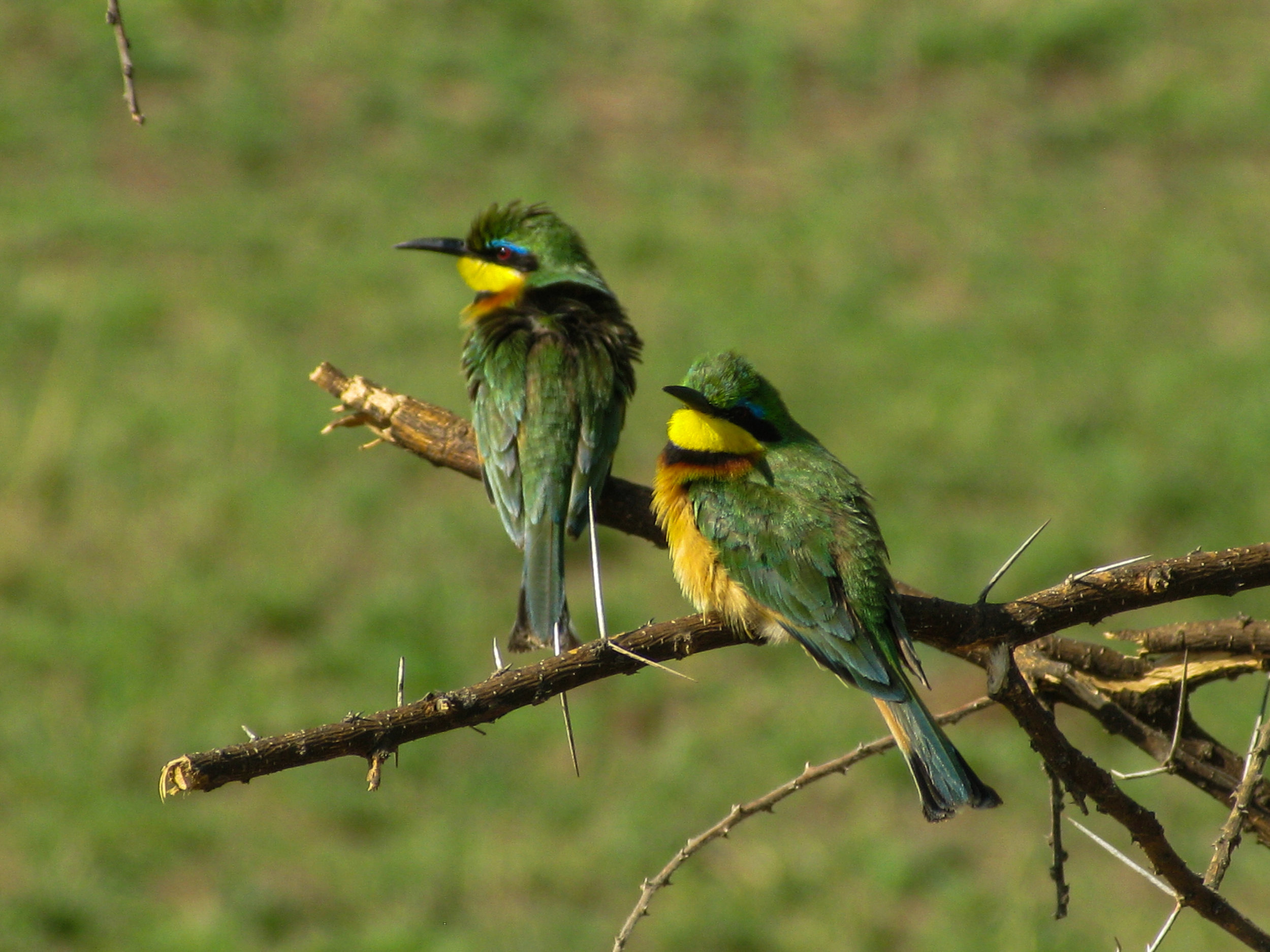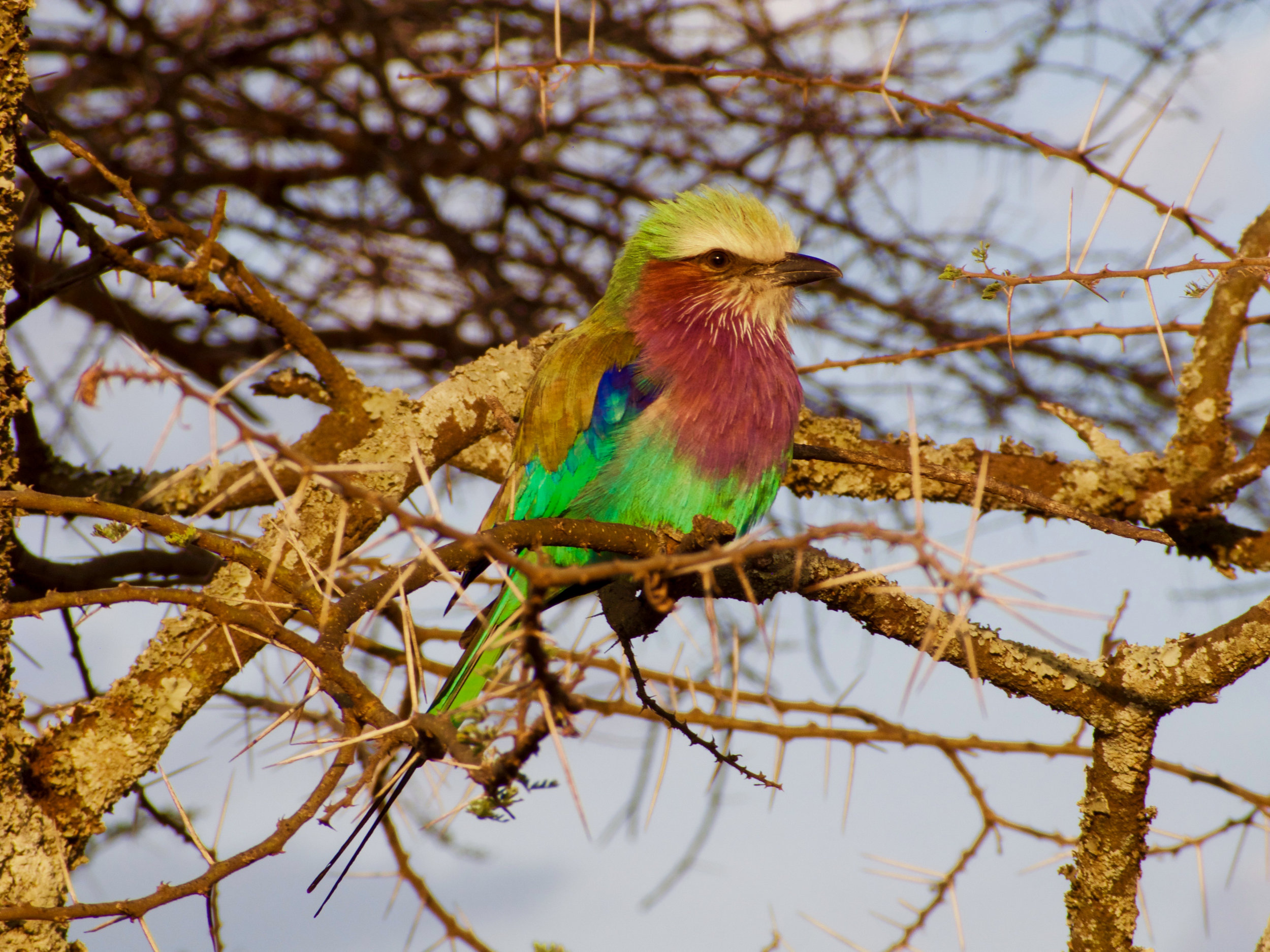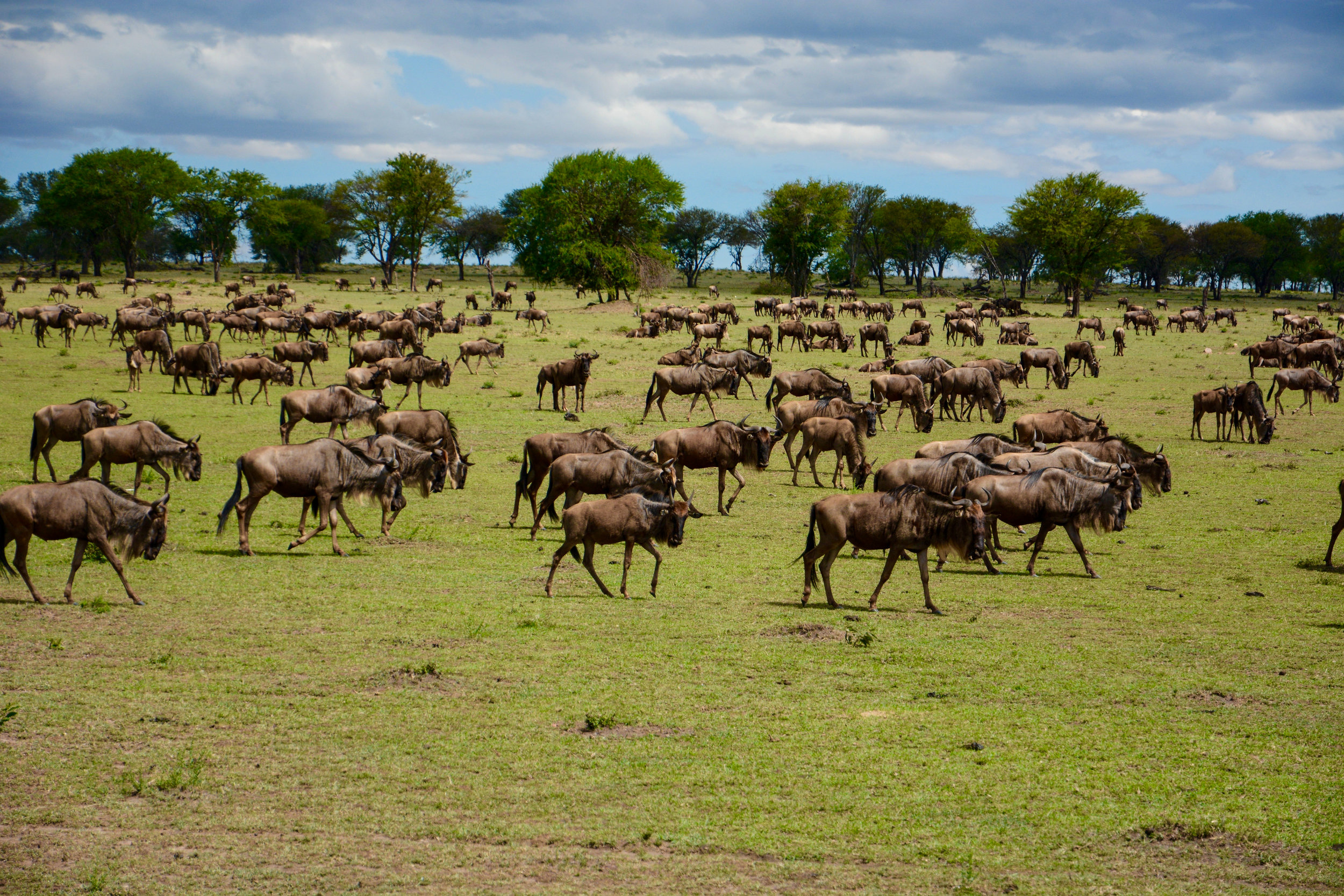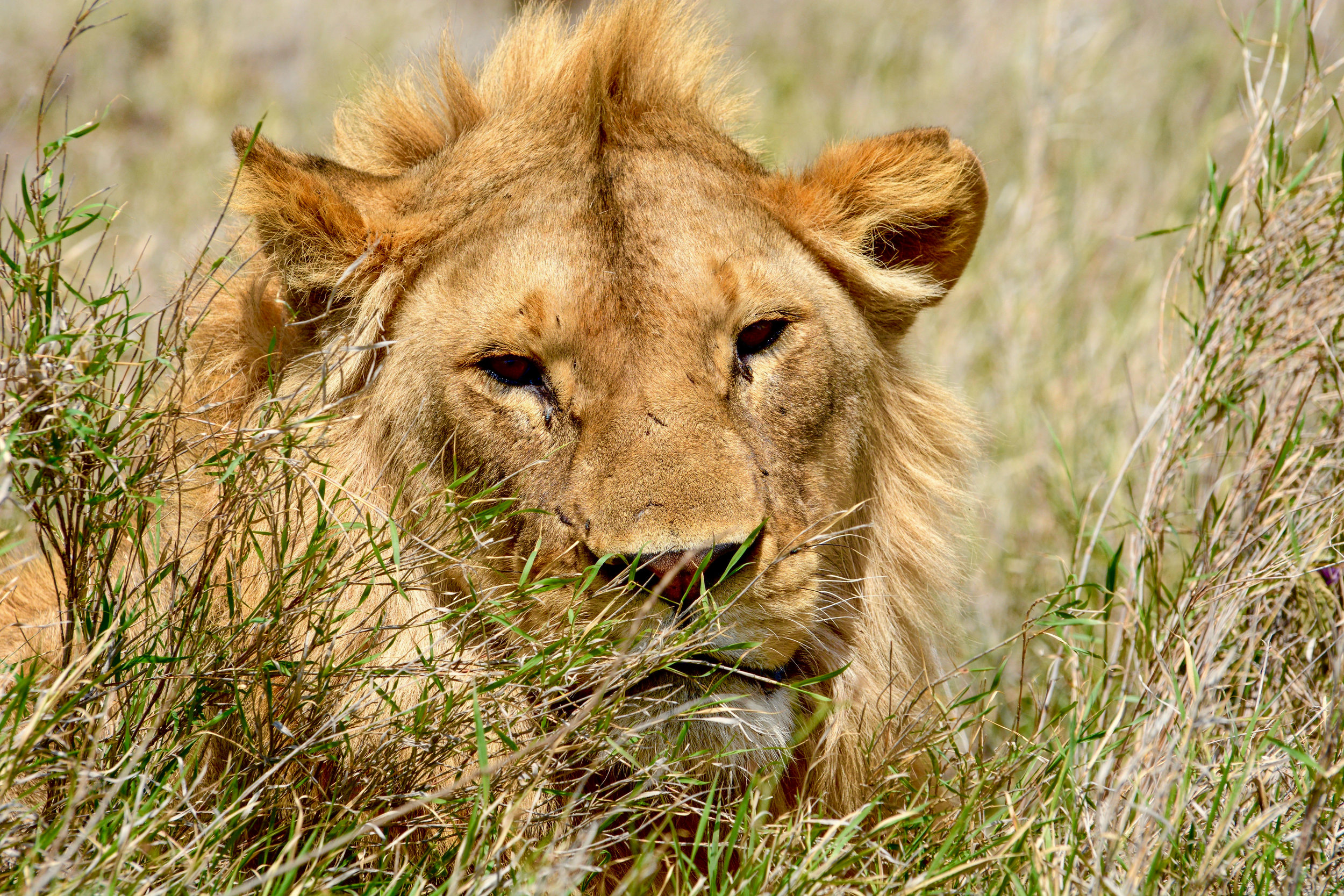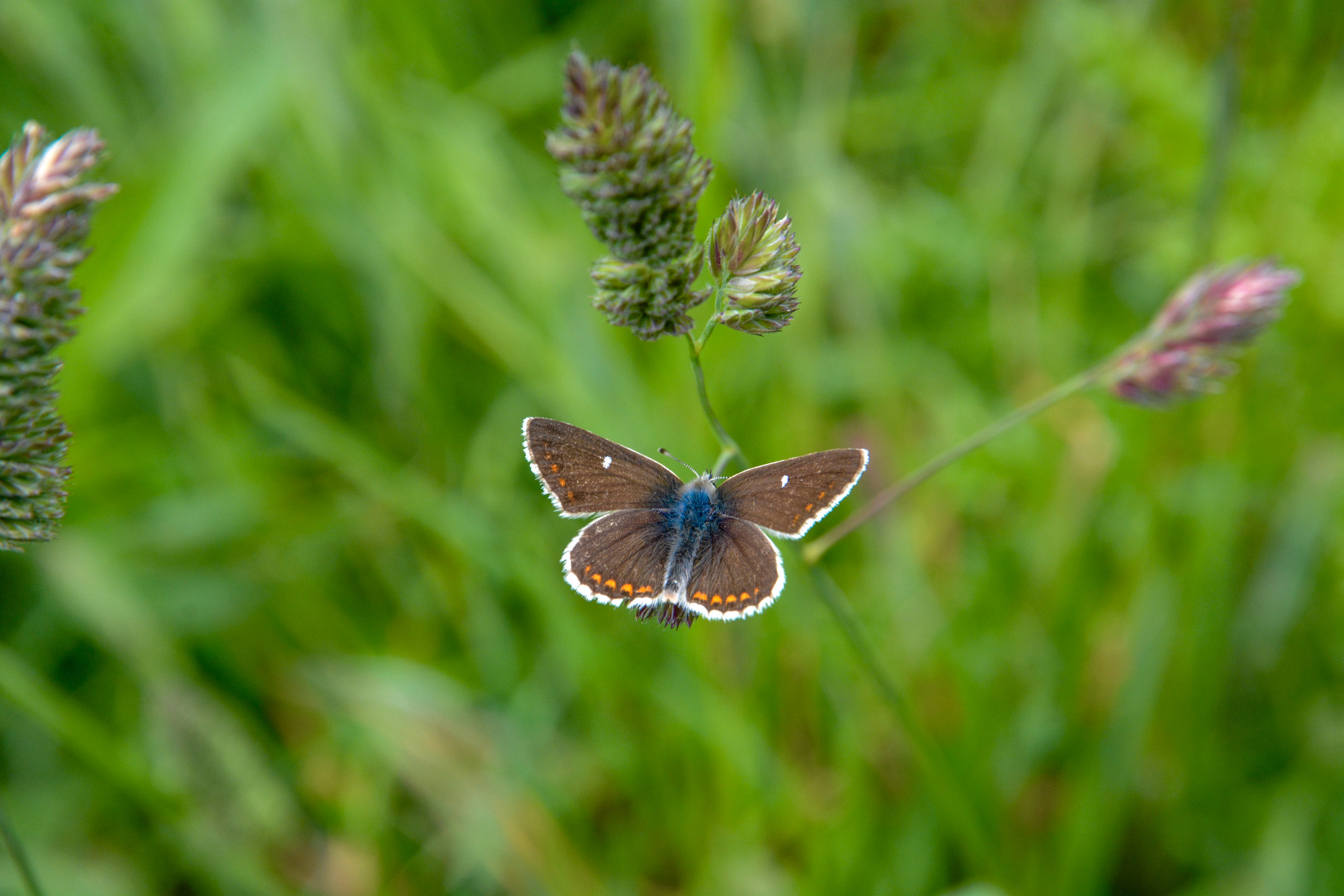Globe and Mail science feature on the Kerr lab research project, eButterfly.
Interview on Quirks and Quarks following announcement of a national ban on neonicotinoid pesticides: link here. Canada will join France as the second country in the world with this ban. A triumph for evidence-based decision-making.
Jeremy’s full interview on Quirks and Quarks on neonicotinoid pesticides is live.
Jeremy Kerr is quoted in Popular Science on the issue of how and why neonicotinoid pesticides harm pollinators.
Calgary’s hive hobbyists raise awareness for honeybees
Media: The Globe and Mail
Date: September 25, 2015
Encouraging honeybee colonies in cities can be helpful but let’s remember the native pollinators also.
Vanishing Canada: Why we’re all losers in Ottawa’s war on data
Media: Maclean’s
Date: September 18, 2015
Harper’s Government has destroyed/degraded Canada’s capacity to measure most everything. Ideology before evidence.
How climate change shrank the tongues of long-tongued bumblebees
Media: The Atlantic, Science Magazine, The Scientist, Mother Jones, Grist, etc.
Date: September, 2015
Comments/perspectives on new research on rapid evolution in bumblebee traits as an indirect result of climate change.
1 in 6 species at risk without action on climate change, study finds
Media: The Globe and Mail
Date: Thursday, April 30, 2015
Consensus predictions for climate change impacts indicate sharp increases in extinction rates
‘Brontosaurus’ comes thundering back in science’s name game
Media: The Ottawa Citizen
Date: Tuesday, April 7, 2015
Taxonomic revisions are common and can change the public perceptions of well-known species.
Three species of bats added to Ottawa’s endangered animals list
Media: The Globe and Mail
Date: Friday, December 19, 2014
After a two year delay, and in contrast with rapid provincial action, the federal government has at last responded positively to the emergency listing request put forward by COSEWIC in 2012.
Protection for at-risk species falters
Media: The Globe and Mail
Date: Monday, December 1, 2014
Canada’s federal government has prevented new species from being added to the at-risk list for years, in apparent contravention of the requirements of the Species At Risk Act.
Bumblebees in trouble
Media: CBC Radio 1
Date: Thursday, June 5, 2014
Bumblebee species are in danger of extinction and they need your help. Citizen science for bumblebees!
Long winter may have lasting effects across Ontario
Publication: Global News
Date: Tuesday, April 15, 2014
After a long and cold winter, the first of its kind in decades, there could be substantial biological consequences, like rolling back newly-established populations of giant swallowtails across Eastern Ontario. Such species arrived recently because of rapid climate changes.
UN climate body backtracks on risk of species extinction
Publication: Toronto Star
Date: Monday March 31st, 2014
With regards to the risk of species extinction and climate change, Jeremy Kerr, Department of Biology, discloses that, "there is a lot of evidence of biological impact (of climate change) but there is not much evidence of specific extinction."
Biologists wait to see whether warm-weather insects survived brutal winter
Publication: Ottawa Citizen
Date: Tuesday April 1st, 2014
The giant swallowtail is a gorgeous butterfly from Canada’s extreme south. Biologists won’t know for certain until warm weather begins, but they’re watching to see whether the butterfly and other warm-weather insects will survive the coldest winter in 20 years. Jeremy Kerr, Department of Biology, reveals that this year will be especially insightful for understanding how climate change is going to alter the geographic range of species.
Monarch butterfly count in Mexico reveals steep decline
Publication: Saskatoon StarPhoenix, Austrian Tribune, Ottawa Citizen
Date: Tuesday March 26, 2014
Overwintering monarch butterflies in Mexico have declined sharply once again. The latest population size is the smallest ever recorded. Jeremy Kerr, uOttawa Research Chair in Macroecology and Conservation, comments on causes and prospects for recovery.




